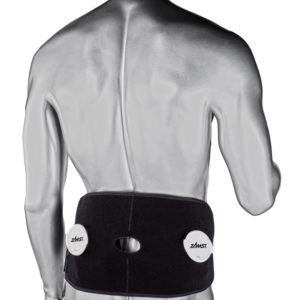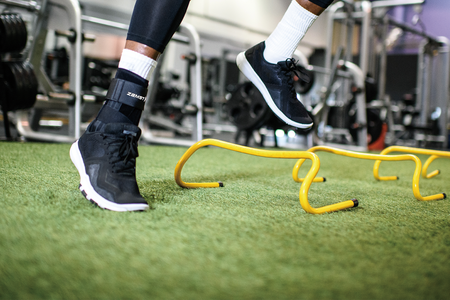NBA All-Star Isaiah Thomas has injured his hip, more specifically the labrum. ‘Wait, you have a labrum in your hip….not just your shoulder?!’ Yup, you sure do have a labrum in your hip, and in this blog you will learn all about it!
The acetabular labrum of the hip is a crescent-shaped cartilage structure that runs along the rim of the hip socket that provides added cushion, stability, & lubrication to the hip joint. Labral tears and hip injuries can happen both acutely or chronically.
There is a wide range of symptoms for a labral tear. Some people experience no pain at all, while others (the majority) will report pain and achiness in their groin, over the lateral hip, or deep in their buttock region. In specific labral tears, a popping, clicking or catching with movement is reported.
There are a few specific special tests that Physical Therapists’ and Certified Athletic Trainers perform to help diagnose a labral tear
- Scour Test
- Impingement Test
- FABER Test
- Fitzgeralds Test
To see all 4 of these tests: https://youtu.be/nmZKXJZejZ0
Conservative Treatment for A Labral Tear
Phase I – Control Inflammation, Reduce Pain & Rest
It is important to start treating a labral injury right away. The most important step is to reduce inflammation, rest the hip, and avoid activities that aggravate the hip. It is also beneficial to promote core strength and stabilization.
Positions that will irritate a labral injury:
- With knees lower than your hips
- With legs crossed or sitting on you legs so that the hip is rotated
- On the edge of the seat and contracting the muscles that flex your hips
- Extending your hip excessively
Phase II – Restore Flexibility & Strength
- Work on proper biomechanics, joint and muscle function assessed by the Sports Medicine Staff
- Regain full range of motion
- Improve soft tissue muscle length through massage and manual therapy
- Complete exercises that improve balance and proprioception
- Retraining of the pelvic and hip muscles through functional activities
- Progressively strengthen primary muscles, secondary muscles, and accessory muscles
Phase III – Return to Activity or Sport
- Exercises to improve activities of daily living
- Complete a return to sport protocol that has been outlined by the Sports Medicine Team.
- Increase agility, speed, power and sport-specific drills
- Some labral tears can be treated conservatively but some will need hip surgery
Conservative treatment through physical therapy typically takes approximately 3-6 months for recovery. Other conservative treatments, if indicated are injections of steroids or viscosupplements, but haven’t been proven to be particularly effective.
If non-operative treatments fail to work for the patient/athlete, then surgical intervention is suggested.
Zamst has a few great options to help with the recovery process. Click on the image to learn more about these products
ZW-1 Back Brace
By: Jessica M. Thomas, MS, ATC
References:
https://www.hss.edu/condition-list_labral-tears-hip.asp
https://www.ncbi.nlm.nih.gov/pmc/articles/PMC2697339/
http://www.thestudentphysicaltherapist.com/fitzgeralds-test.html
http://ortho.emory.edu/documents/Symposium%202016%20Talks/Newsome_Hip%204_12_16_MN.pdf
http://www.yoummd.com/patient-info/conditions-procedures/hip-thomas-youm/common-questions-about-labral-tears/








